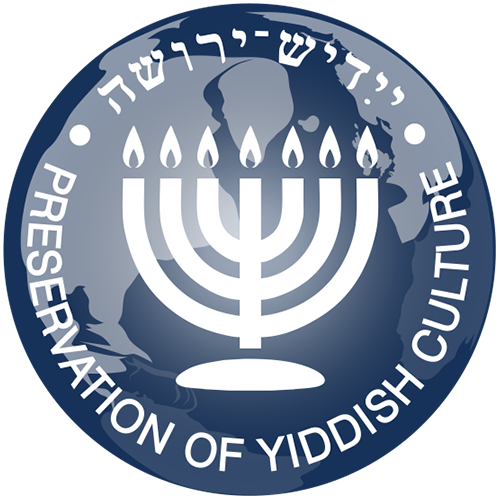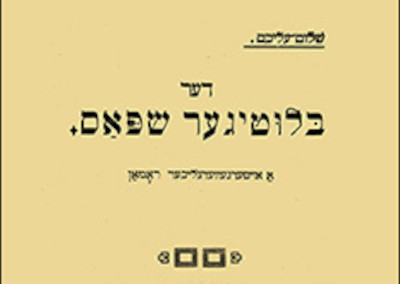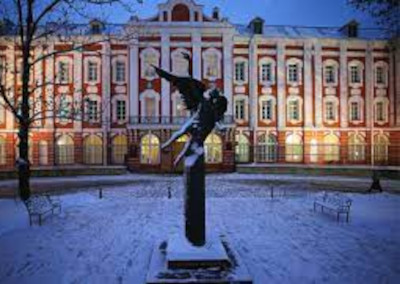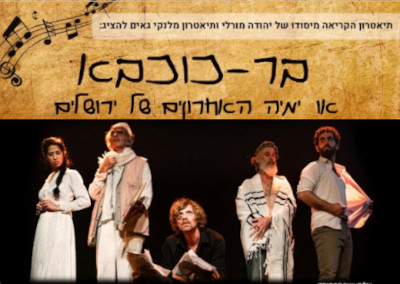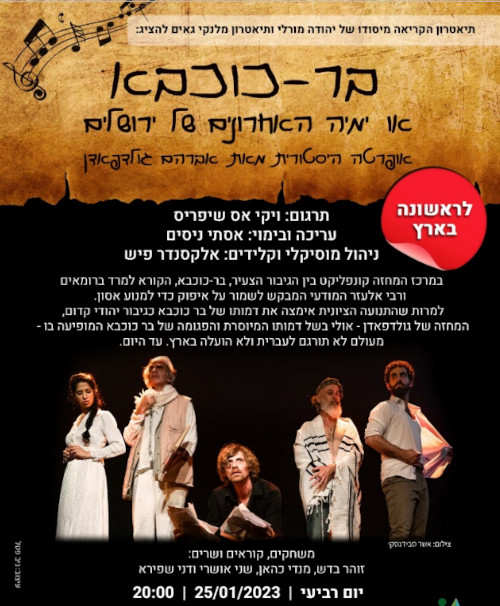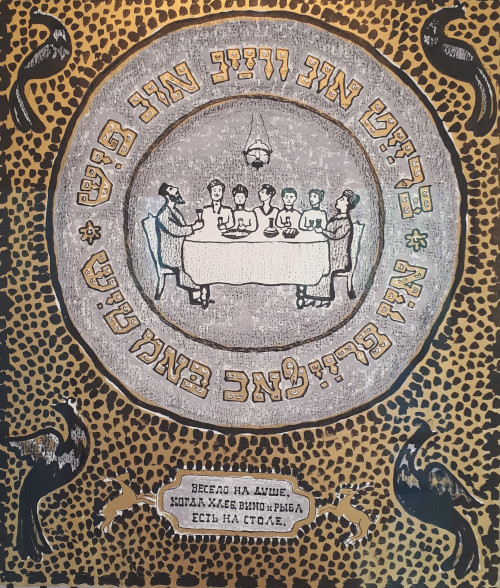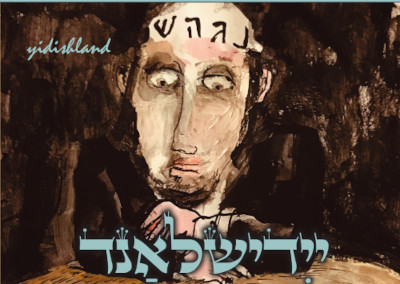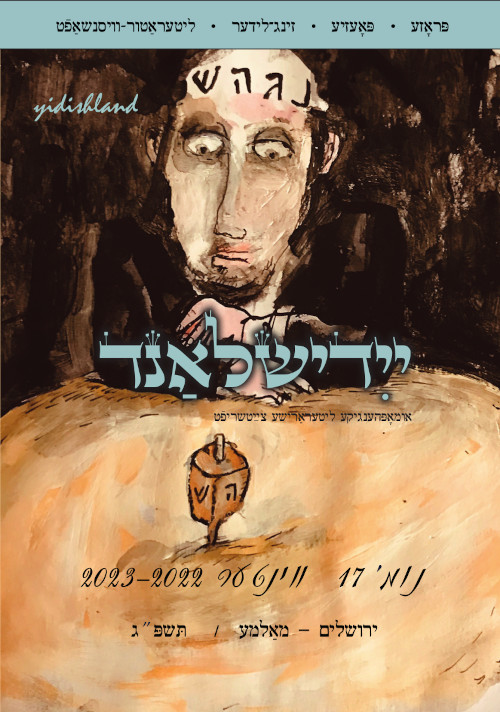
Unknown Sholem Aleichem
Unknown Sholem Aleichem
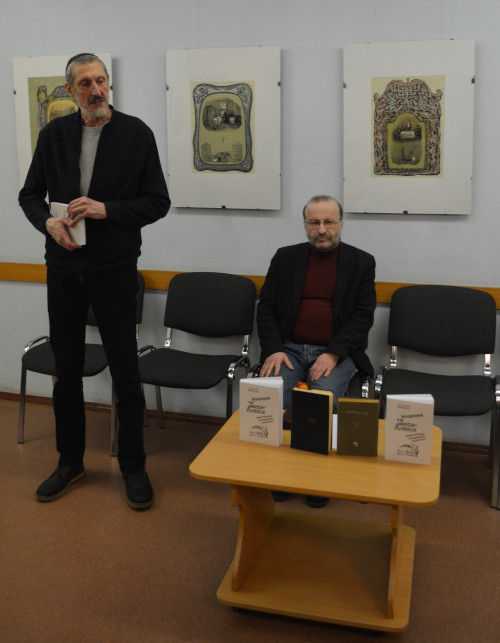
On January 30, the Jewish Community Center of St. Petersburg hosted two events at once: the opening of an exhibition of Anatoli (Tankhum) Kaplan’s graphic works, dedicated to the artist’s 120th birth anniversary, and the presentation of Alexander Frenkel’s Russian book “The Unknown Sholem Aleichem”. The exhibition presents Kaplan’s illustrations for the works of this great Yiddish classic. Another exhibition of works by the same artist, dedicated to the liberation of Leningrad from the Nazi blockade, opened on January 26 at the St. Petersburg State Museum of History.
Alexander Frenkel is the director of the St. Petersburg Jewish Community Center, a literary critic, historian and translator. In addition to a number of academic studies, his book contains several of Sholem Aleichem’s works translated by the author for the first time into Russian. In his speech at the presentation, Frenkel emphasized that despite Sholom Aleichem’s worldwide popularity, much of his work still remains little known and unexplored.
